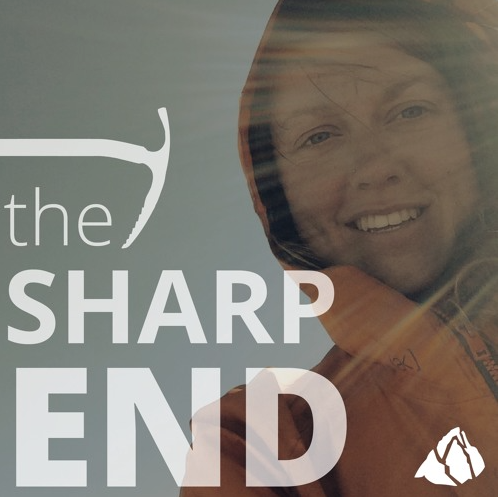Tetons, Wyoming: (4) Teewinot
Tetons, Wyoming: (4) Teewinot. Early on 7 August 1948 Dean and Lawrence Worth left Lupine Meadows to climb Teewinot. They had a good out-of-doors background, but little “alpine” experience. They had done a little work with the ice-axe on practice slopes, and Dean had undergone some training in New England with the Dartmouth Outing Club.
They reached the col between the two summits, but decided not to attempt the steep wall to the main summit. In the late afternoon they descended, coming from the steep, rocky upper slopes to the top of a steep snow field extending about 300 yards and terminating in a talus pile. They were in sneakers, and Dean had the only ice-axe. At the snow field they unroped, and Dean started across it with his brother holding onto his belt. A slip occurred, and both went sliding down the slope, head over heels, unable to check themselves. Eventually they smashed into a large rock near the bottom, and finally they came to rest on the talus. Lawrence had a severe compound fracture of the left leg, and Dean was cut up about the face. This was at 5.30 P.M. Dean left Lawrence with as much clothing as possible and made his way to Park headquarters, where he reported the accident at 7.30 P.M.
As after other accidents in the Park, rescue plans previously perfected were at once put into operation. An advance party was on the way shortly after 8.00 P.M., carrying morphine, penicillin, plasma, splints and sleeping bag. It arrived at the scene about 10.30 P.M. and, after first aid had been administered by Dr. John Holyoke, prepared the patient for removal. The main party, consisting of nine Park employes, arrived an hour later with a Stokes stretcher and commenced evacuation. A six-man crew, with reliefs, was used; route-finders were sent ahead. A heavy blowdown in Avalanche Canyon delayed the rescue, and it was not until 4.20 A.M. on the 8th that the carry was completed and the patient transferred to a waiting Park Service truck, which took him to Jackson.
Source of information: National Park Service report.
Analysis. Here is an example of ignorance of the hazards to be encountered on steep snow slopes, especially in the afternoon when they begin to harden. It may be natural for inexperienced climbers to regard the lower snow slopes of a mountain as offering no peril because they seem inconsiderable in comparison with the upper slopes. The brothers in this case so far disregarded the danger that they took off the rope before they started across the slope— despite the fact that they were both in sneakers and had only one ice-axe. They certainly had showed good judgment in deciding not to attempt the summit, but apparently they did not realize that a slip on steep, hard snow can produce just about the same effect as a free fall, and that under these conditions sneakers are most dangerous footgear.

